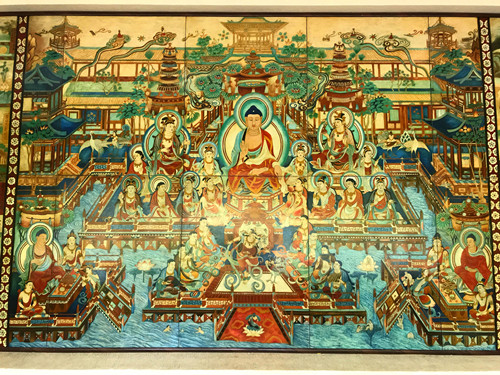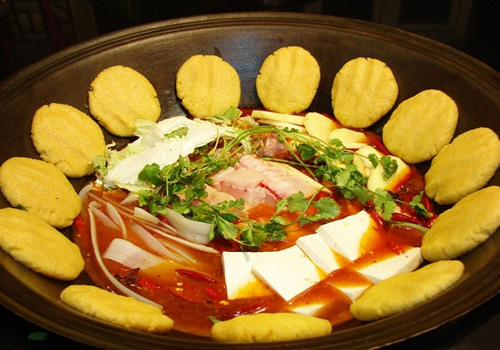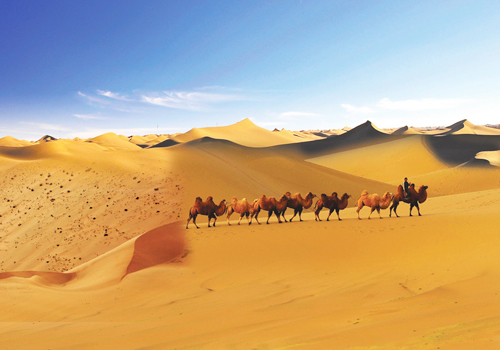VOC's Travel BLOG
Our Travel Blog is the place to share our real life, travel experiences in China with you. Besides, we will provide information related to Chinese culture and China travel guide. "A bosom friend afar brings a distant land near." Traveling makes us to be closer, let's discover China together!
All
China travel Guide(228)
China Food(38)
Life in Guilin(48)
Working at VisitOurChina(24)
Cultures(40)
News(12)

After a tight sleeping, we had another full day sightseeing in Turpan. Today we visitedAncient City of Gaochang, Tuyugou Village, Flaming Mountain and Bizaklik Thousand Buddha Caves, we even visited a Local Family and enjoyed a dinner with them.

Turpan is a city lying in the Xinjiang Uyghur Autonomous Region in the far northwestern part of China. The city, also known as "Turfan" or "Tulufan" is mostly composed of Uyghur ethnic minority people, what explains the typical and unique culture the place enjoys since ancient times.The city of Turpan flourishes with many historical and natural sites of a gorgeous uniqueness barely seen anywhere else in China.
My Silk Road tour – Dunhuang to Turpan
2020-03-31 | China travel Guide

Dunhuang Museum, formerly an Archaeology Office, which is subordinated to Cultural Center of the city, Dunhuang Museum was officially founded in October, 1979. Dunhuang Museum is a comprehensive topography one principally exhibits historic and cultural relics. Now it has collected over 4000 precious cultural relics in the locality.

China boasts multiple geographical conditions and climate. People sow in spring, cultivate in summer, harvest in autumn and store food in winter. This strict calendar has been applied for thousands of years. Though modern people stand off the nature with each passing day compare with agrarian age, to carry on ancestral life wisdom to arrange the diet has melted into Chineses genes. Depending on their rich experience, Chinese chefs search splendid food combination in the change of seasons.

The ancient Silk Road of China is a renowned commercial and cultural route opened up some 2000 years ago by the Chinese envoy Zhang Qian of Han Dynasty (202BC-220AD). With the purpose of building friendly relationships among China and other central and western Asian countries as well as some European ones, many Chinese products were taken along with the Silk Road, such as silk, satin, tea, bronze and porcelain; and likewise, plenty of other exotic specialties were brought back- spices, textiles, ivory, perfumes and precious stones from India, and gold, silver, jewels, carpets and wine from Roman. With silk being the major item traded along the route, thus its name of this world famous Silk Road, along which some other medicines, techniques and religions were also exchanged, and in the history, the camels, which is honored as the ship of the desert, are the major vehicles of the Silk Road.




